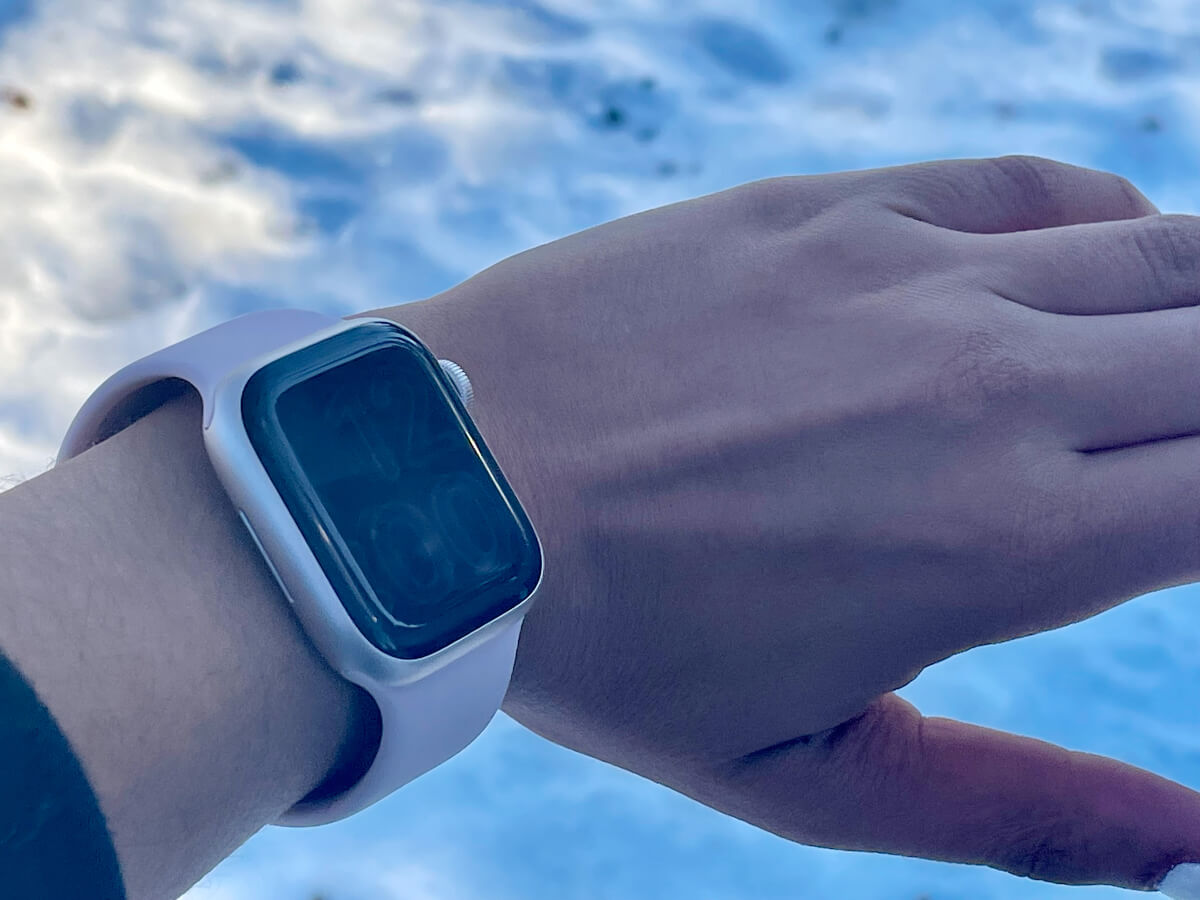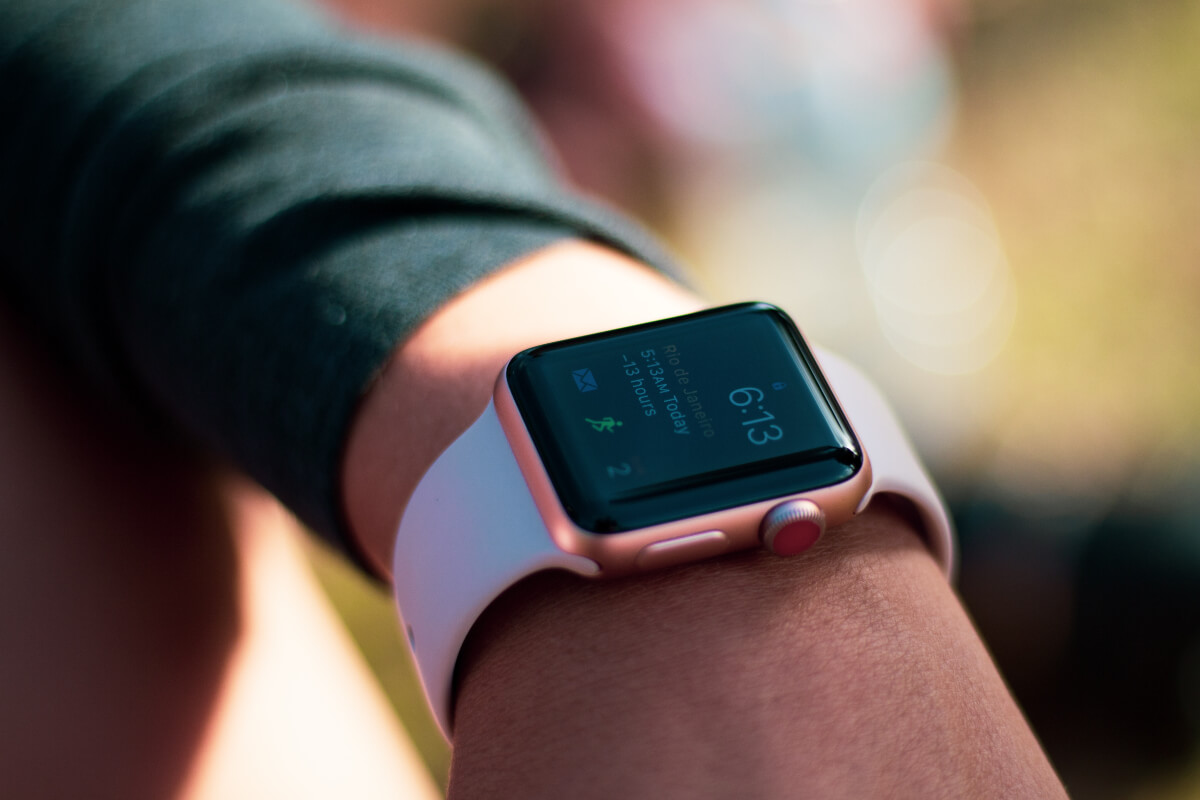When smartwatches first hit the market, I was intrigued — what insights could they offer into my fitness regime?
When I was younger, I was obsessed with the little pedometer I found in my cereal box and used it to boost my step count and hit 10,000 steps per a day. I transitioned to a smartphone when I was older to use the built-in pedometer to track my workouts. But carrying my phone with me during workouts was bulky — and disruptive. It also didn’t have the capabilities to track all the different types of fitness activities I was doing.
Smartwatches Can Help Boost Your Fitness
According to Statistica, wearable technology has become a huge segment of the electronics industry. Smartwatches are forecasted to reach shipments of over a quarter of a billion units by 2025. These gadgets are becoming widely popular and studies have shown that fitness trackers can positively impact physical activity.
Smartwatches go beyond a regular pedometer to offer special insights into your heart rate, calories burnt and other metrics. Smartwatches also use notifications to help keep you accountable and active. Even though a smartwatch sounded like what I was looking for, I was hesitant to buy one. I already had a computer and a phone; wouldn’t I just be adding another screen?
But this year, after dropping my phone one too many times on a run, I decided to finally take the plunge and buy a smartwatch. I’ve had my smartwatch for a few weeks now and I’ve summarized my findings so far. There’s a lot of good, some bad and I deliver a final verdict on if purchasing a smartwatch is worth the investment for your fitness goals.
My Experience With a Smartwatch: The Good
At first, I was worried that owning a smartwatch would increase my screen time. Luckily, that wasn’t the case.

1. It Helps With Distractions
Having a smartwatch gives me the freedom of leaving my phone in my locker while exercising. I used to always bring my phone with me while working out and I would get distracted by my notifications. With the smartwatch, I customized it so only essential notifications go to my wrist. Because the screen is so small, I never find myself getting sucked into a doom scroll.
In the workplace, I used to keep my phone nearby so that I could track my steps, and I struggled with not checking it. My new smartwatch has been a great replacement to my phone at work.
2. It Provides a Wealth of Information
This gadget has also opened up the door to a wealth of information. I enjoy outdoor activities such as active transportation, hiking, running and walking (which are all natural mood boosters). The tracking data provided on distance completed and calories burnt has been meaningful to me.
3. It Motivates Me to Push Harder During Workouts
I also love high-intensity interval training and tracking my heart rate on my watch — it helps me push myself. I love seeing the consistency and the trends. I’m also a huge believer in balance and being able to quantify a workout has allowed to me to be a lot more kind to myself.
Related Articles
My Experience With a Smartwatch: The Bad

A smartwatch isn’t something that you just slap on your wrist and it’s ready to go. You need to invest a bit of time to adjust it your preferences.
1. It Takes Time to Find the Right Apps and Notifications
You need to pick and choose the apps and notifications you want. For example, when I first got the watch, I was getting notifications from Twitter and Instagram, which would only lead me to grabbing my phone and mindlessly scrolling. I went a couple of days like this before I realized that getting these notifications to my watch did not align with my wellness.
There’s a risk of increasing your screen time when you have the smartwatch so it’s important to identify what notifications you want delivered to it.
2. The Reminders to Move Didn’t Work for Me
The other important thing I realized is that owning a smartwatch is not going to make me more physically active — unless I want to be more physically active. For example, when I bought the watch, I was excited about the built-in notifications reminding me to stand up and move. However, this proved to be useless to me and kind of bothersome. It turns out that having a watch tell me to get up doesn’t really work. The idea behind dividing your physical activity program into little increments throughout is nice but it’s not necessarily practical in real life.
3. It Needs to Be Charged Frequently
Finally, owning and using a smartwatch was a bit of adjustment. It’s essentially another device that you need to make sure you charge and remember to take with you. Because it’s tracking so many different elements, it needs frequent and regular charging.
The Verdict on Using a Smartwatch for Fitness
A smartwatch is nice but it is definitely not a magic bullet towards reaching your health and fitness goals. If you’re happy with what you’re doing and the progress you’re making, there’s honestly no reason to invest in a smartwatch. It may end up being more of a cumbersome gadget than a great fitness tool in which case your money would be better spent on a regular watch.
However, if having indicators and trackers will help keep you accountable to your goals, a smartwatch is a perfect addition to your fitness regimen. If you were previously using your phone to provide these insights, a smartwatch is also a much less bulky alternative and gives you a break from the countless distractions at your fingertips.
If you do choose to invest in a smartwatch, make sure you adjust the settings so that you’re provided with the appropriate fitness insights that you’re looking for.







